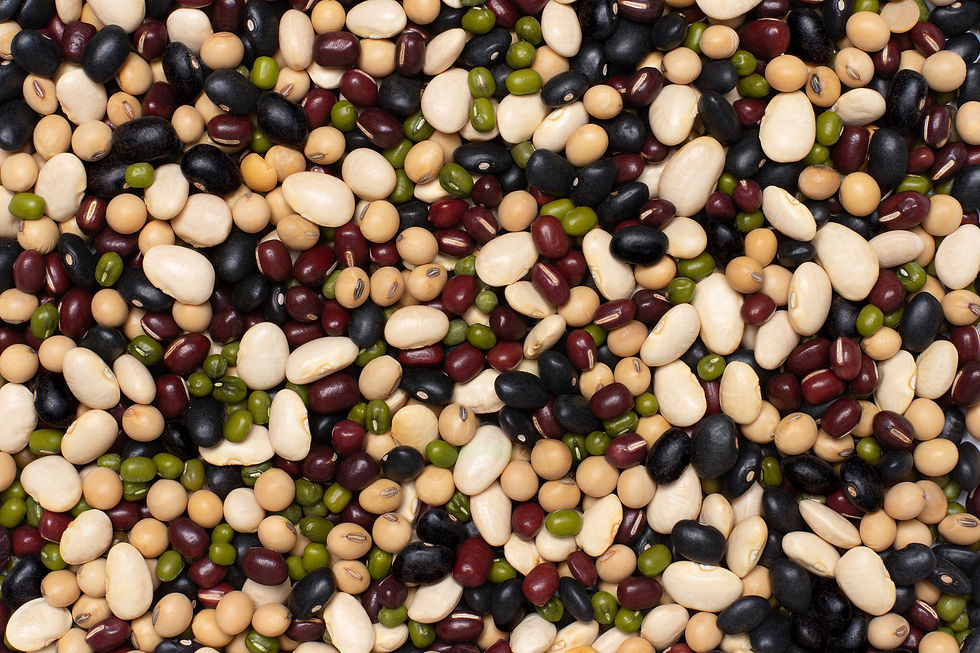
Beans
Dried beans, a versatile and nutrient-rich legume category, come in various types. Known for their long shelf life, they require soaking before being used in soups, stews, salads, and spreads. Rich in protein and fiber, dried beans contribute to sustainable agriculture by enhancing soil fertility. Their adaptability and nutritional value make them a timeless and essential ingredient in global kitchens.
Origin
China, East-Africa, Turkey
Grades
Black, kidney, pinto, navy
Packaging
Bags, big bags
Plant
Dried beans, come from leguminous plants of the Fabaceae family. These plants, typically herbaceous annuals or perennials, produce pods containing edible seeds. Known for fixing nitrogen in the soil, these plants contribute to both culinary diversity and sustainable agriculture, adapting to various climates worldwide.
Season
The harvest season for beans, including common varieties, generally takes place in late summer to early fall. Harvesting occurs when the pods have matured and turned brown or yellow, ensuring optimal quality and yield. Timing may vary based on the specific bean type and local climate conditions.
Usage
Used in cuisine
- Chili
- Salads
- Soups and stews
- Side dishes
- Burritos and tacos
- Curries
- Casseroles
Used as ingredient
- Baking
- Dips
- Burgers and patties
- Hummus
- Snacks